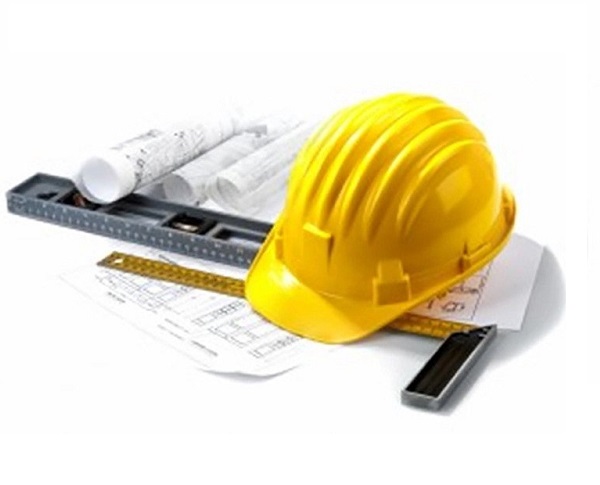OSHA 30-Hour Maritime Industry
Course Modules - (28)
The 30-hour Maritime Industry OSHA Training Program is intended to provide a variety of training to workers with safety responsibility. Training emphasizes hazard identification, avoidance, control and prevention. The course will be tailored to the specific type of work involved at shipyards, marine terminals, or longshoring.


